Okinawa soba, a culinary delight, a unique take on the well-loved Japanese noodle dish, holds a special place in the hearts of the people from Okinawa, a southern prefecture of Japan, and is slowly captivating the tastebuds of global food enthusiasts. Intriguingly different from its mainland counterpart, this bowl of heartwarming nourishment encapsulates the distinctive culture and history of the Okinawan islands, making every bite a flavorful journey through time. Let us unravel the symphony of textures and flavors that makes this dish a beloved staple, far removed from the familiar soba many know.
What is Okinawa soba?
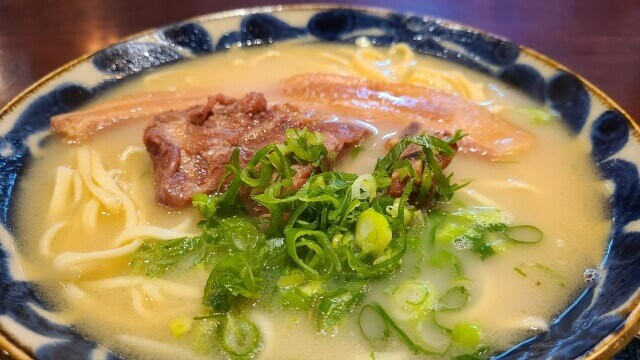
Okinawa soba, also known as “suba” in Okinawa’s local dialect, is a popular and traditional noodle dish originating from Okinawa Prefecture. In mainland Japan, ‘soba’ refers to thin, buckwheat noodles. However, Okinawa soba noodles are made primarily from wheat flour. They are thicker, similar to udon noodles in texture and size. These noodles are often handmade, embodying a dedication to the craft that is a testament to Okinawan culinary culture. Locals typically served this in a savory, soy-based broth, often flavored with katsuobushi (bonito flakes) and konbu (kelp). This rich broth is the bedrock upon which the dish’s other flavors are built. Often topped with tender pieces of stewed pork belly, called “san-mai niku,” green onions, and red pickled ginger.
Okinawa soba History
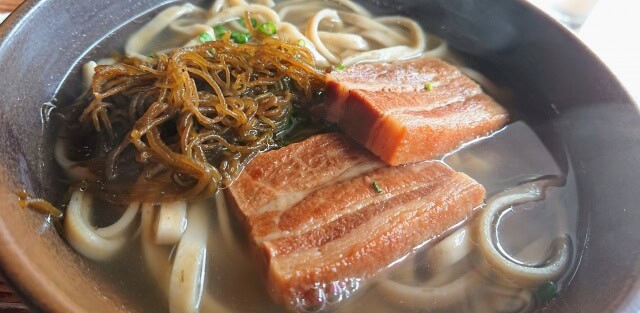
Okinawa soba has its roots in the Ryukyu Kingdom era, which was a period when Okinawa had independent rule before becoming a part of Japan. During this time, the Ryukyu Kingdom had active trade relations with China, speculating that Chinese noodle dishes influenced the early form of Okinawa soba. The historical narratives suggest that the first iteration of this dish was a luxury item served in the royal court and wealthy households, as wheat was a high-cost import from China. The noodles were much thinner back then and became the privileged food for celebratory occasions.
Things significantly turned during the Meiji Era (1868-1912) when Japan ended its national isolation policy. This opened up Okinawa to global trade, leading to more affordable and widespread availability of wheat. The democratization of wheat led to an evolution in how Okinawa soba was made, shifting from thin, luxury noodles to the thicker, heartier noodles enjoyed by everyday people.
However, the most crucial turning point in the history of Okinawa soba came after World War II. The devastating Battle of Okinawa (1945) left the islands in ruins, and the local population faced a food shortage. The U.S. military, which had a strong presence on the island post-war, provided surplus wheat used to produce the soba noodles we see today.
During this period, Okinawa soba transformed from a meal for special occasions to an everyday staple food, providing much-needed sustenance to the struggling population. On October 17, 1978 (Showa 53), the “Fair Competition Code and Fairness Concerning Labeling of Raw Noodles The Fair Trade Commission officially approved the trademark registration of “Authentic Okinawa Soba” with the display of specialties, specialties, authenticity, specialties, etc.
How is Okinawa soba different from other Japanese soba?
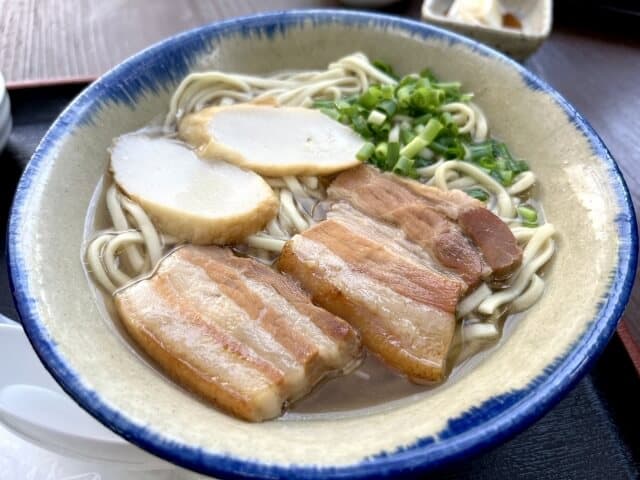
Okinawa soba is a unique take on traditional Japanese soba, with key differences in its ingredients, texture, broth, and toppings. While traditional soba noodles are made from buckwheat flour, yielding a nutty flavor and a grayish-brown color. Okinawa soba noodles use wheat flour, resulting in a lighter color and a chewier, udon-like texture. The broth for Okinawa soba, often pork-based or bonito-kelp-based, is richer and heartier than the soy-based broths of other soba dishes. Topped with ‘san-mai niku’ (stewed pork belly), green onions, and pickled ginger, or sometimes kamaboko or “soki” spareribs, Okinawa soba provides a different flavor profile from classic soba, which may feature a variety of toppings and even be served cold with a dipping sauce.
Okinawa soba vs Soki soba

Okinawa Soba and So-Ki Soba are popular noodle dishes from Okinawa, Japan, with a unique culinary tradition. The Okinawa Soba, famous for its wheat noodles akin to flat udon, features a rich, savory soup base made from pork, bonito flakes, soy sauce, and various ingredients, garnished with sliced green onions, red pickled ginger, and slow-cooked pork belly or spareribs. On the other hand, So-Ki Soba, a variant of Okinawa Soba, primarily differs in the use of pork; it uses tender, slow-cooked pork spareribs, known as “so-ki” in the Okinawan dialect, instead of pork belly. The remaining components—broth, noodles, and other toppings—are similar to those in Okinawa Soba. add difference between okinawa soba and so-ki soba?
Traditional toppings of Okinawa Soba
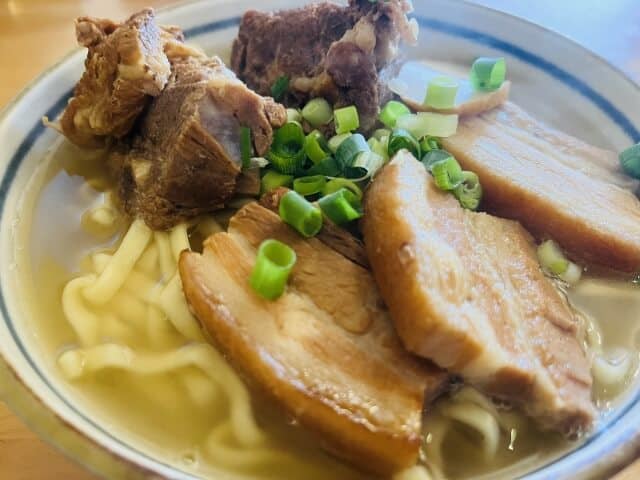
San-mai niku
This is the traditional topping for Okinawa soba. It refers to thick slices of stewed pork belly, which are slow-cooked until tender and flavorful. Typically stewed in a mixture of soy sauce, sake, sugar, and ginger, which gives it a rich, savory-sweet flavor.
Green Onions
Finely chopped green onions (also known as scallions) sprinkled over the top of the dish, providing a fresh, pungent counterpoint to the rich broth and noodles.
Red Pickled Ginger (Beni Shoga)
Thin slices of pickled ginger add a burst of color and a tangy flavor that helps balance the richness of the noodles and broth.
Kamaboko
Kamaboko is a type of cured fish cake, often pink and white. It adds a subtly sweet seafood flavor and a firm, chewy texture.
Soki
These are tender, slow-cooked pork ribs that are another popular topping. They’re stewed similarly to san-mai niku and are so tender they can be cut with a chopstick.
Nori (seaweed)
Strips of nori are added as a topping to provide a touch of sea flavor.
Okinawa soba FAQ
- What does Okinawa soba taste like?
Okinawa soba offers a rich, satisfying blend of flavors and textures. The soft, thick wheat noodles resemble udon, providing a mildly doughy base that absorbs the deeply savory, umami-rich broth made from pork bones, katsuobushi, and konbu. Toppings such as stewed pork belly or spareribs contribute a savory, melt-in-your-mouth element, complemented by the fresh crunch of green onions and the tangy contrast of red pickled ginger.
Okinawa soba Recipe
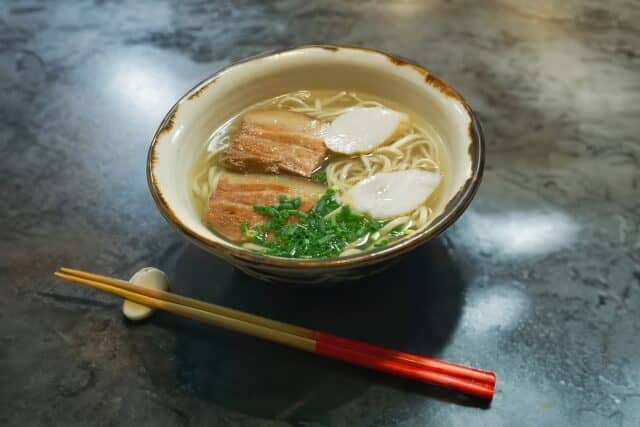
Okinawa soba Ingredients
| Ingredients of Okinawa soba for 4 persons | Measurements |
|---|---|
| Cake flour | 360g |
| Strong flour | 180g |
| [Brine] Salt | 26g |
| [Brackish water] Water | 300g |
| Dusting flour (tapioca) | 60-70g |
| Kamaboko | 20g |
| Pork belly | 250g |
| Soki | 120g |
| Green onions | 3g |
How to make Okinawa soba?
Sift the cake flour and strong flour into a bowl and mix well.
Gradually add all ingredients while mixing the flour until it becomes minced.
Knead for 10-15 minutes so that the moisture penetrates the flour. Then, put the kneaded dough in a plastic bag and let it rest for 2-3 hours.
[Rolling out] Sprinkle flour on both sides of the dough, and stretch the dough out into a rectangle while pressing the dough with your hands.
Use a rolling pin to make a rectangle with a 1.5-2mm thickness. Spread evenly from the center outwards. Sprinkle flour on both sides of the dough, fold it over a folding screen, and cut it to your desired thickness.
Begin by boiling the pork bones in water until they are clean. Then simmer the bones, konbu, and katsuobushi in a large pot of water for several hours until the broth is flavorful. Season the broth with soy sauce, salt, and sugar to taste.
While the broth is simmering, you can begin preparing the pork belly. Boil the pork belly and optional soki in water until tender, then season with soy sauce, sake, sugar, and ginger. Simmer until the flavors are well-absorbed.
Pour the hot broth over the noodles in each bowl. Top each bowl with slices of pork belly and optional soki, a slice of kamaboko, and a generous sprinkling of green onions.
Where to buy Okinawa soba?
Shimujo (しむじょう)
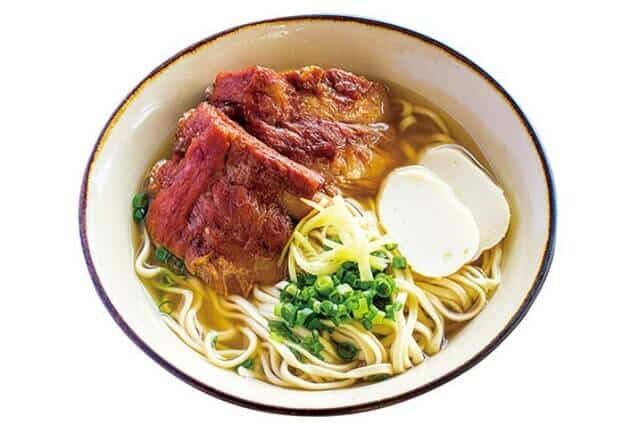
Renovated the house where the owner’s grandfather lived. Okinawa soba, which you can taste while looking at the old stone wall and garden, has excellent soup. Tonkotsu and bonito flakes are simmered, cooled, and the fat that floats to the surface is removed and simmered for 3 days.
Sobadokoro Sumanume (そば処 すーまぬめぇ)
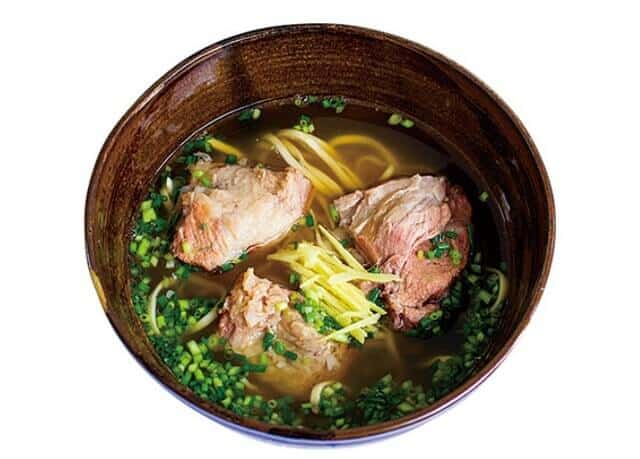
A soba restaurant with a sense of “home” where you can enter through the garden and open the rattling sliding door from the porch. The soup is based on bonito and uses chicken, pork, and kelp. After enjoying the rich flavor, follow the local regulars and add mugwort as a side dish. The taste changes immediately, and the refreshing feeling improves.
Kinchichi Soba (金月そば)
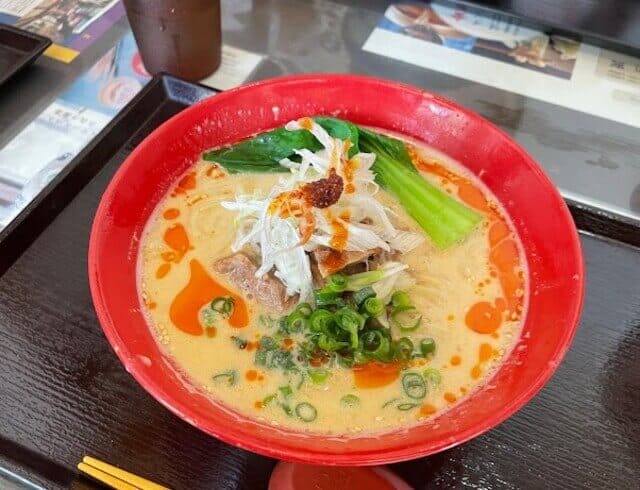
This shop offers Okinawa soba that combines homemade raw noodles made with Okinawan wheat and natural dashi soup made from 7 types of dried fish. It is a shop that makes you feel “up-and-coming” by blending rare Okinawan and domestic wheat and developing raw noodles yourself. The noodles are homemade flat noodles with a strong presence. The clear soup has a simple and gentle flavor made with pork, bonito flakes, and island salt.
Final Thoughts
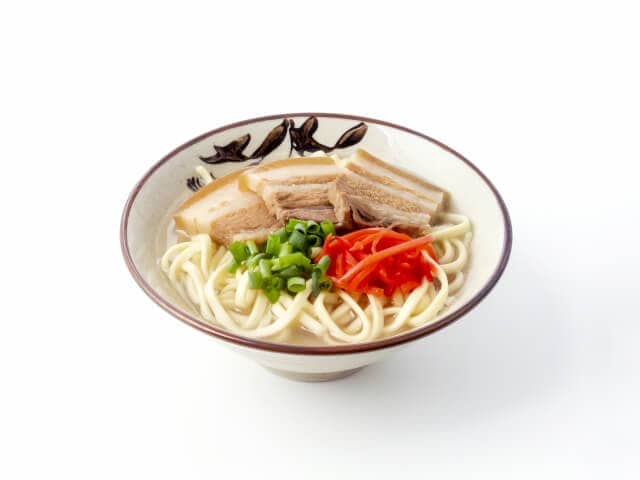
Okinawa soba is a testament to Japanese cuisine’s regional diversity and richness. With its hearty broth, chewy noodles, and an assortment of flavorsome toppings, this dish is more than just a meal—it’s a taste of Okinawa’s culture, history, and culinary artistry. We hope this deep dive into Okinawa soba has made you more knowledgeable about this unique dish and piqued your curiosity about the vast, flavorful world of regional Japanese foods.
You can check some Japanese soba dishes that we know you would like to try too.
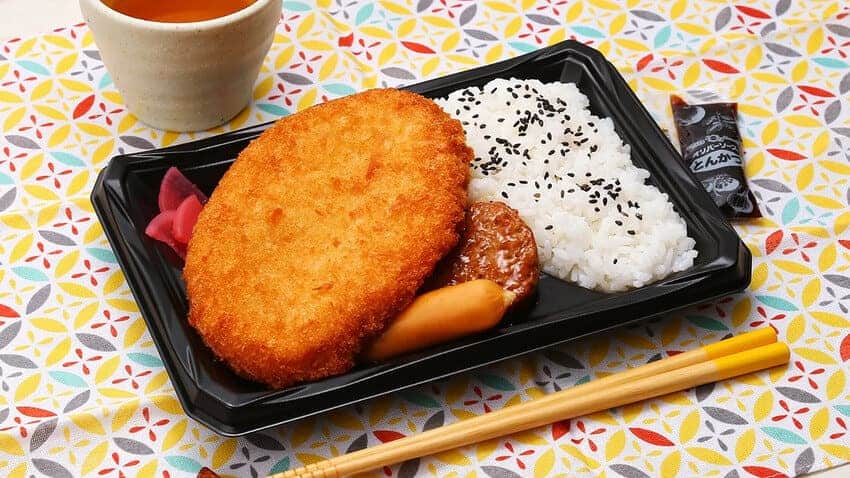


 牧野悦子-1-1256x832-1.jpg)
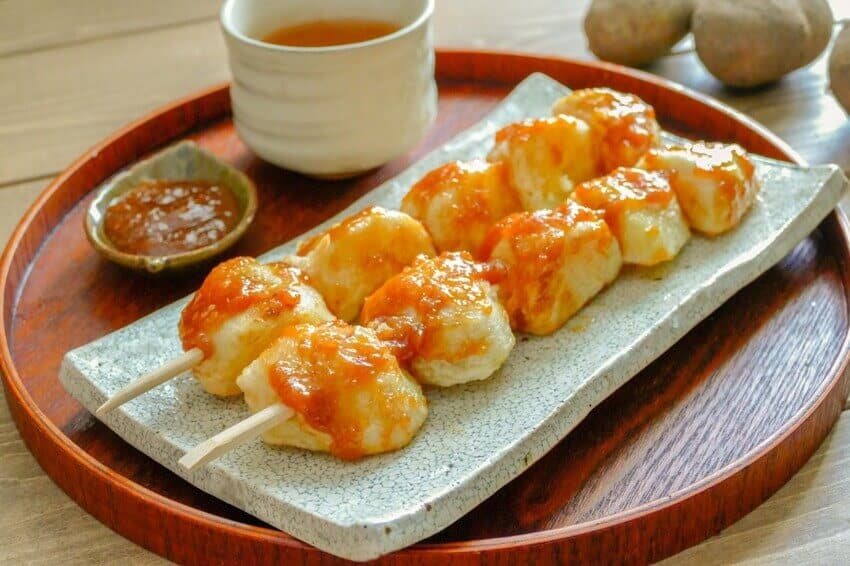

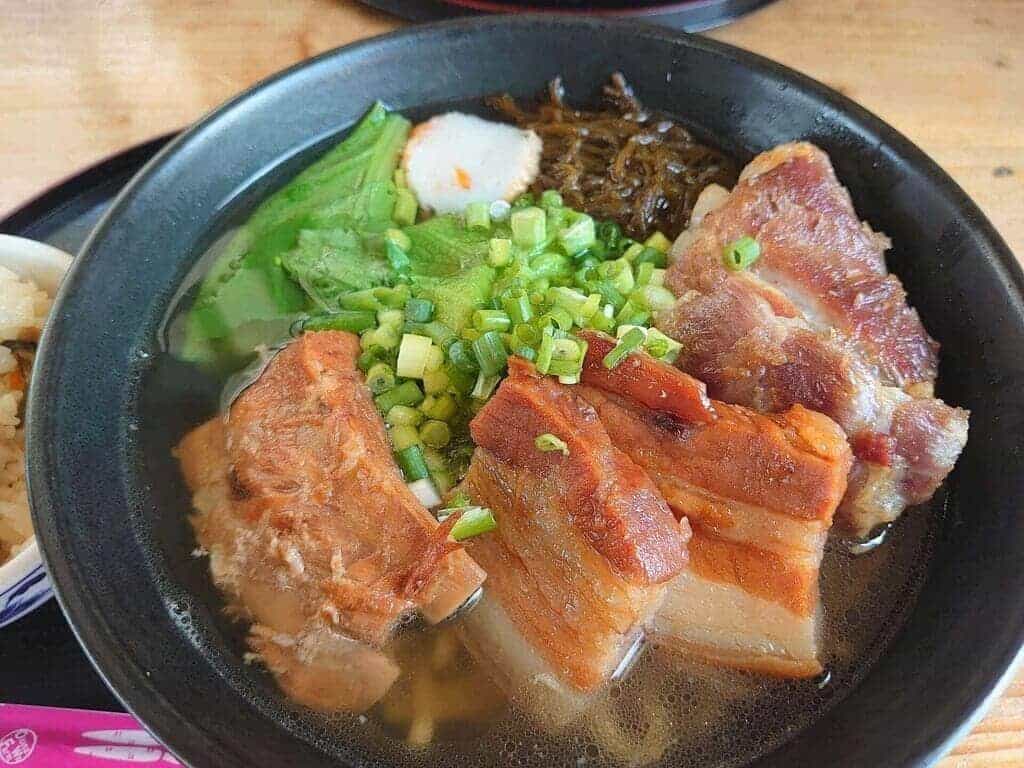
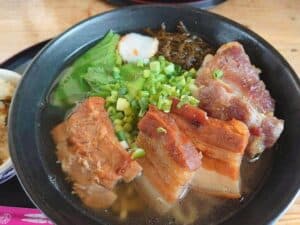
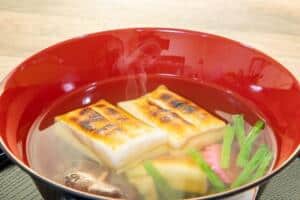
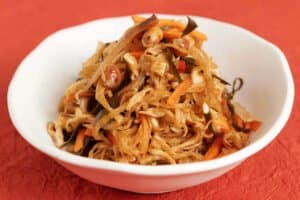
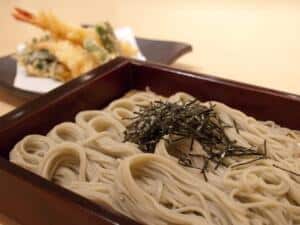
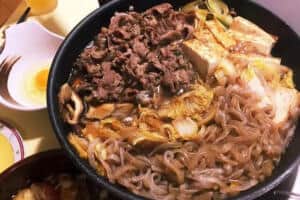
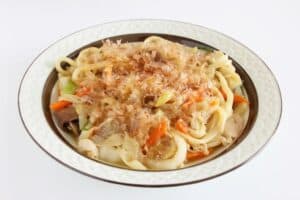
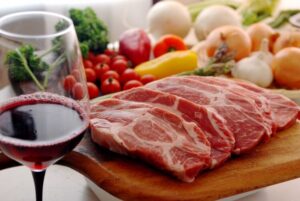
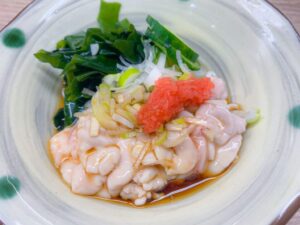
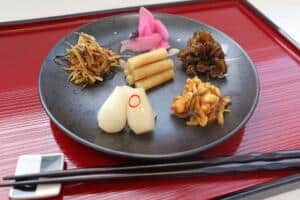
Comments